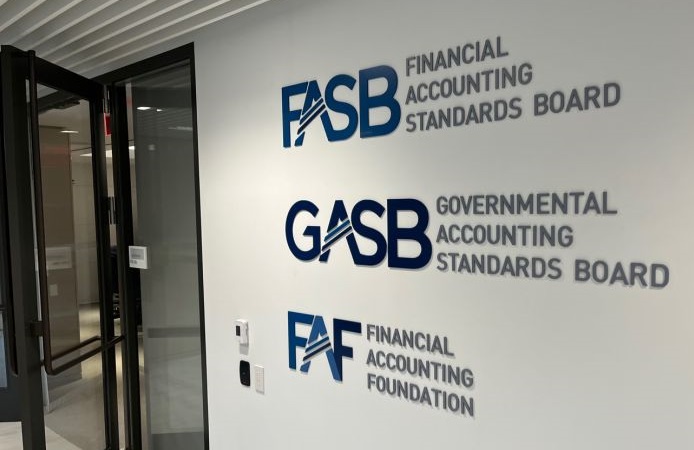Each year about 1 in 160 individual taxpayers are audited; although, the chance of an audit goes up as income increases. About 1 in 50 tax returns reporting gross income above $500,000 are audited, and for returns reporting more than $5 million in gross income, that chance rises to around 1 in 12.
Audit notices typically are issued when the IRS believes that the taxpayer failed to report items of income; the return had large, unusual or questionable deductions; or the taxpayer has taken an aggressive tax position. Many receive these notices because their returns were scored as having a high potential for error based on an IRS data analytics program that screens tax returns. This screening program, known as the Discriminant Index Function, (or DIF), has been used by the IRS since 1969 and is based on algorithms that, understandably, the IRS keeps secret.
Preparation
The process begins with a letter notifying the taxpayer of an audit. Typically, this letter is accompanied by an initial Information Document Request known to IRS agents as an “IDR.” The initial IDR usually requests personal and business bank statements for the audit year with the records related to any business the taxpayer operated. Advising the client to begin gathering these financial documents in advance is a great first step.
The Audit Process
The audit letter should provide an indication of whether this is a correspondence, office or field audit. A correspondence audit is the least intrusive of the three and focuses on a few issues such as omitted income or large, unusual or questionable deductions. Office audits usually involve less complex tax returns and are audited at an IRS office during a scheduled appointment. The field audit is the most comprehensive of these three types of audits. It typically involves the agent’s request for an in-person interview and in the case of a business owner, a tour of the business.
As the process unfolds, the auditor will typically request additional documents – issuing follow-up IDRs that address specific deductions or other questionable items on the tax return. The IDR will provide a response date. Most IRS agents allow for approximately 15 days to respond to an IDR request – if more time is needed, ask for it but provide a good reason.
Regardless of the type of audit, the end of the audit process will involve an audit report. Issued on an IRS Form 4549, known to IRS agents as the Revenue Agent Report or RAR, it will provide an explanation of any proposed tax changes and its bottom line will indicate the additional tax due, if any.
Handling the Auditor
Under the Taxpayers Bill of Rights, a taxpayer who has retained an authorized representative cannot be made to attend an interview with an IRS agent unless summons is issued – a tactic that IRS doesn’t employ in most audits. Nevertheless, you are likely to asked by the IRS agent if he or she can interview your client and, if applicable, tour the client’s business. Be careful here. It may be advantageous in some circumstances to allow this, but it’s best that you accompany the client and keep the interview and any business tour brief. If the agent asks to do the audit work at the client’s business location, politely steer him or her to your office. You do not want the agent having that much unfettered access.
Disputing the Audit Results
As you know, the IRS agent doesn’t have the last word. If you disagree with the findings, you have four basic avenues to dispute the matter. Initially, a conference with the agent’s manager, is the simplest. The request can be made informally, typically, in a phone call to the manager. This usually works best in situations where the agent is being unreasonable about tax issues relating to the adequacy of the taxpayer’s documentation.
If a conference with the manager fails to achieve the desired outcome, several administrative avenues are open to appeal the findings within the IRS. First is a relatively recent IRS program known as the Fast Track Settlement process. Functioning much like a mediation conference, the IRS assigns the case to an Appeals Officer who meets with you, the IRS agent and his or her manager to mediate a resolution. These meetings usually last just a few hours.
For issues in which the taxpayer and IRS cannot reach an agreement during Fast Track, the taxpayer can still file a formal protest with the IRS Appeals Division. This process can take some time. At present, it is taking approximately eight months before an Appeals Officer conducts the first hearing. Fast Track typically cuts that wait time by more than half.
Finally, the taxpayer always can take the dispute to court. If you are handling the case at this point, be careful. You will have only 90 days to respond to the IRS Notice of Deficiency. Failure to file a petition with the courts, typically Tax Court, within this 90-day window allows IRS to finalize its case and assess the tax.
====
James Pickett is a director in the Tax Controversy Practice at Bennett Thrasher LLP where he is responsible for helping clients manage their tax disputes involving field and correspondence audits, post audit issue resolution including representation in IRS Appeals, IRS penalty and collection notices, claims and other tax compliance-related matters. He is a former IRS manager with extensive tax compliance experience conducting complex tax audits and supervising and training IRS agents.
Thanks for reading CPA Practice Advisor!
Subscribe Already registered? Log In
Need more information? Read the FAQs



